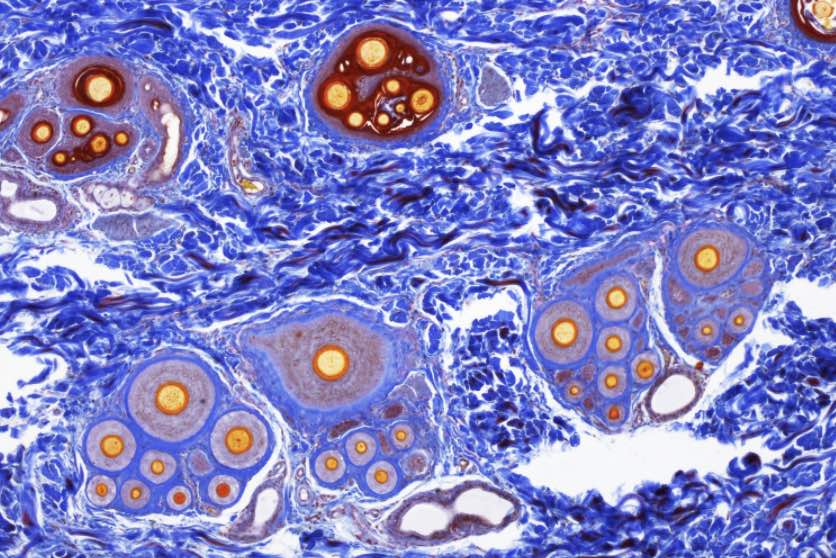
Hundreds of biologists, computational scientists, technologists and clinicians from across the world have kicked off a massive effort to build the Human Cell Atlas, a comprehensive reference map of all kinds of human cells to help us understand our complex biology and diagnose and treat myriad diseases. From Nature:
Cells have been characterized and classified with increasing precision since Robert Hooke first identified them under the microscope in the seventeenth century. But biologists have not yet determined all the molecular constituents of cells, nor have they established how all these constituents are associated with each other in tissues, systems and organs. As a result, there are many cell types we don’t know about. We also don’t know how all the cells in the body change from one state to another, which other cells they interact with or how they are altered during development...The atlas could also facilitate research on the molecular mechanisms of communication within and between cells. And it should allow biologists to compare cell types across species to better understand human evolution, and to determine to what extent animal model systems and organoids reflect human biology.
Crucially, the atlas should help researchers to compare healthy reference cells to diseased ones in the relevant tissues — and so facilitate the development of better drugs and more accurate predictions of unintended toxicity. The atlas could also aid regenerative medicine — the process of replacing, engineering or regenerating human cells, tissues or organs to establish normal function. Key diagnostic tests, such as the complete blood count — a routine blood screen that provides crude counts of white blood cells, red blood cells and so on — would become vastly more informative if cell types and states could be identified with much finer granularity. Such information could, for example, help to diagnose blood cancer, autoimmunity or infection before clinical symptoms appear.


